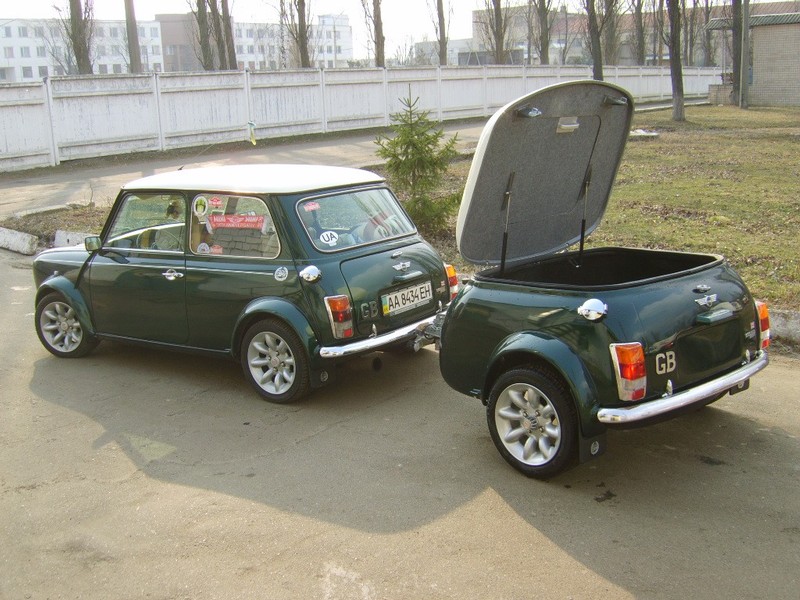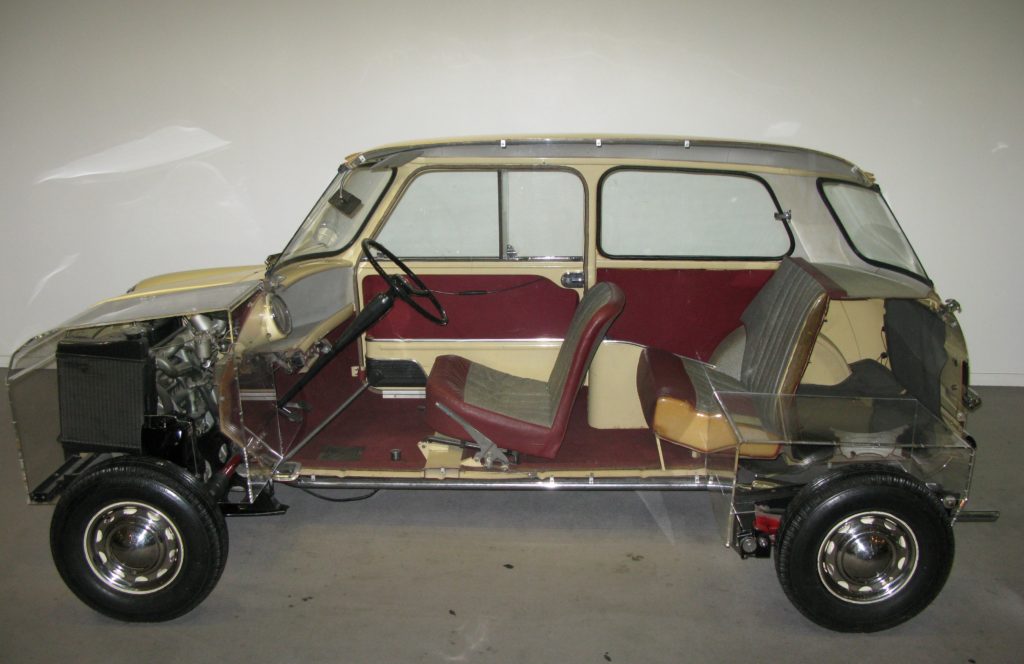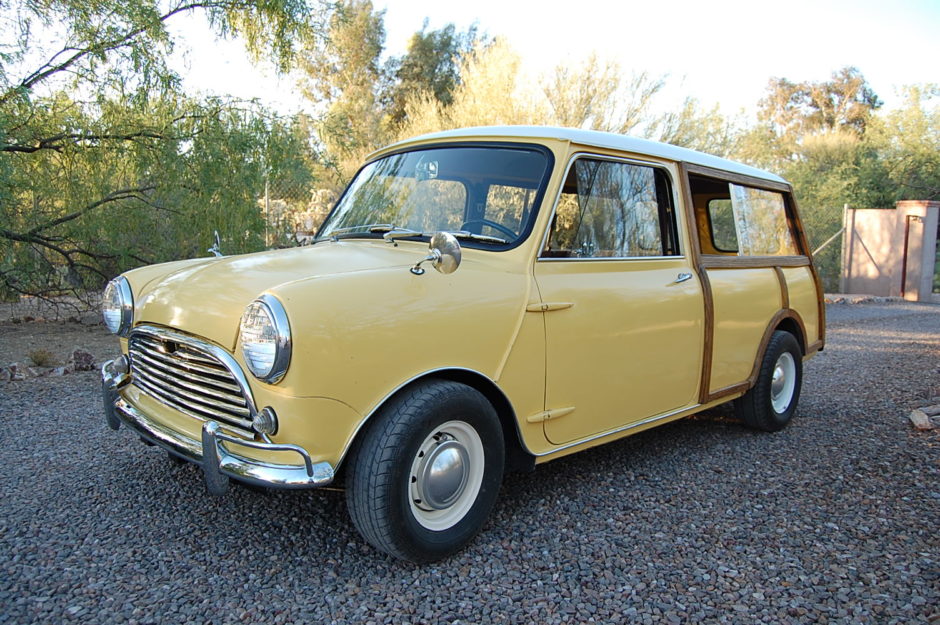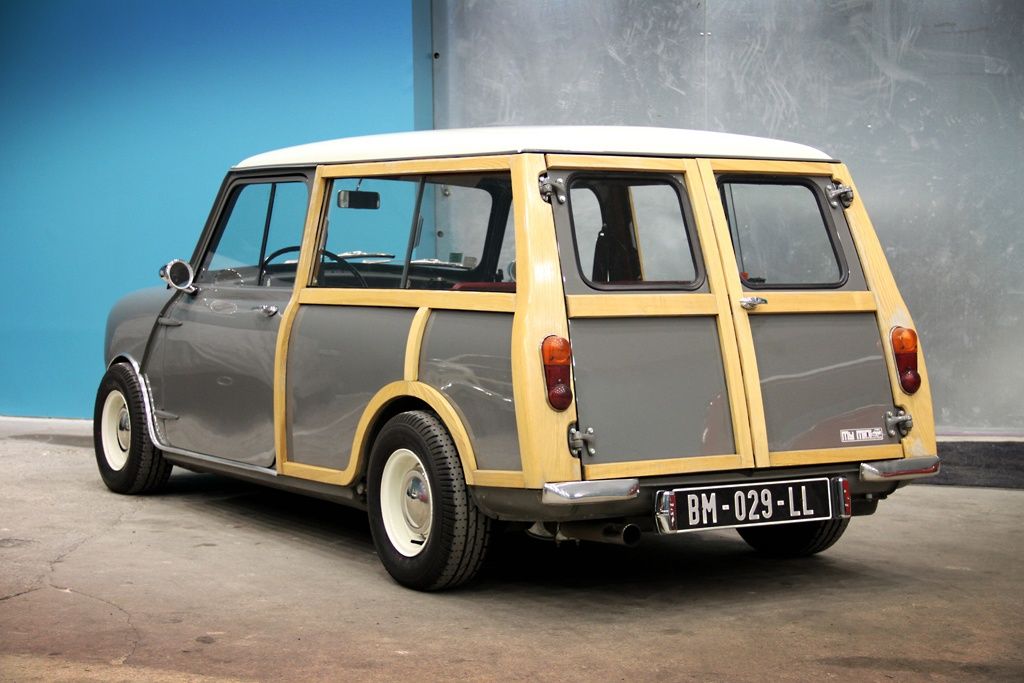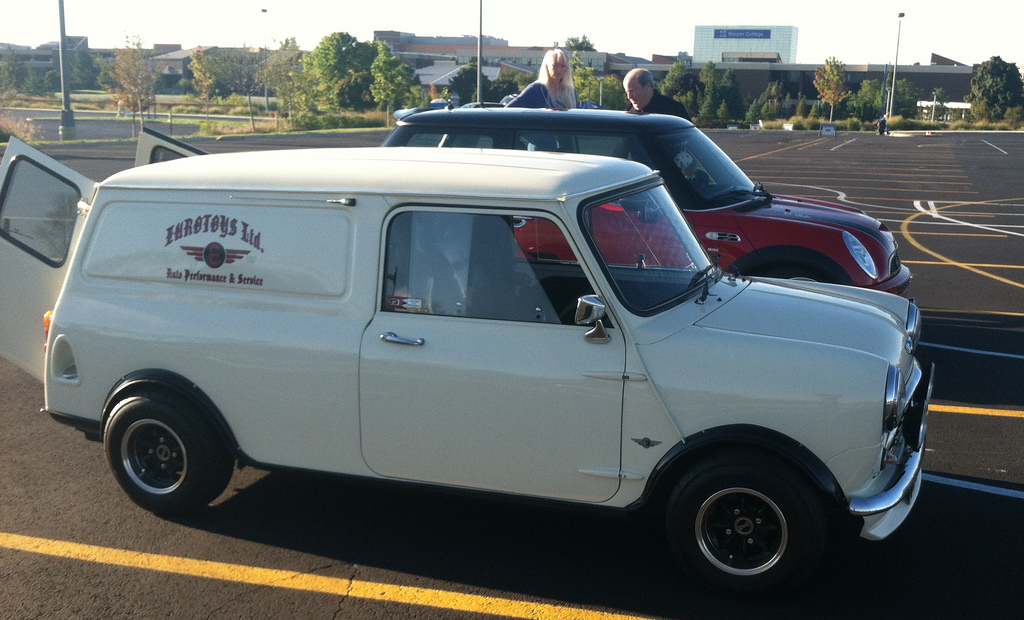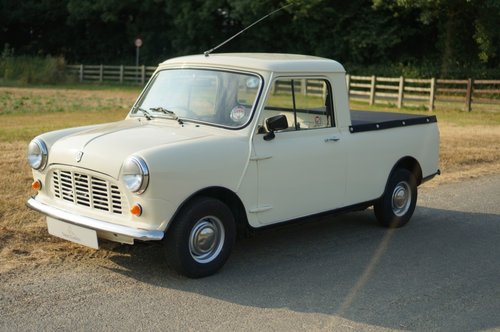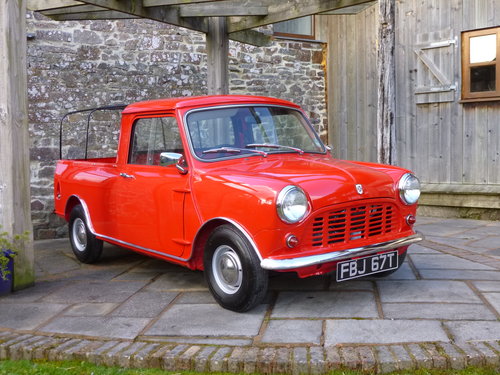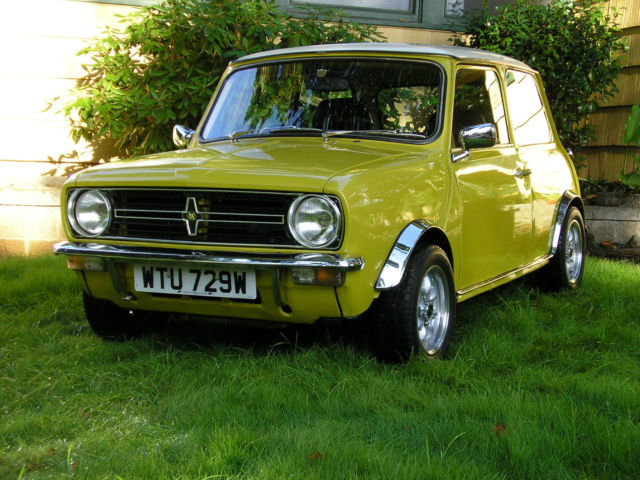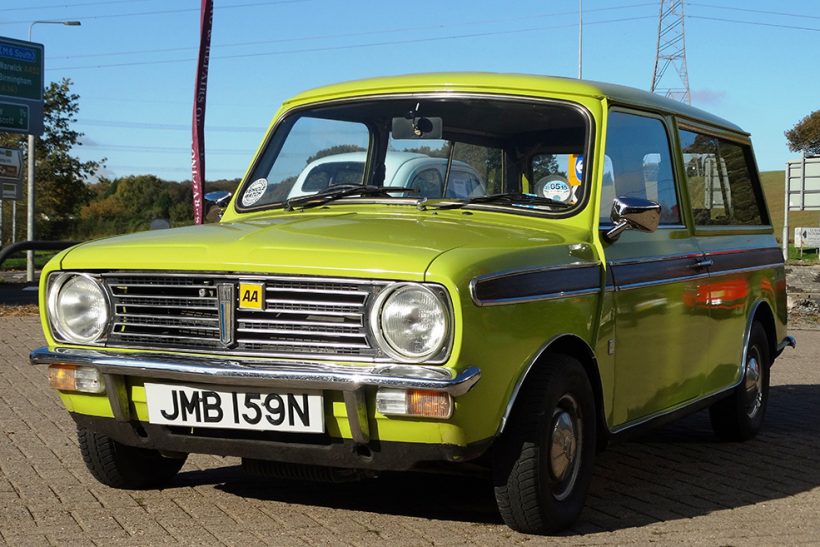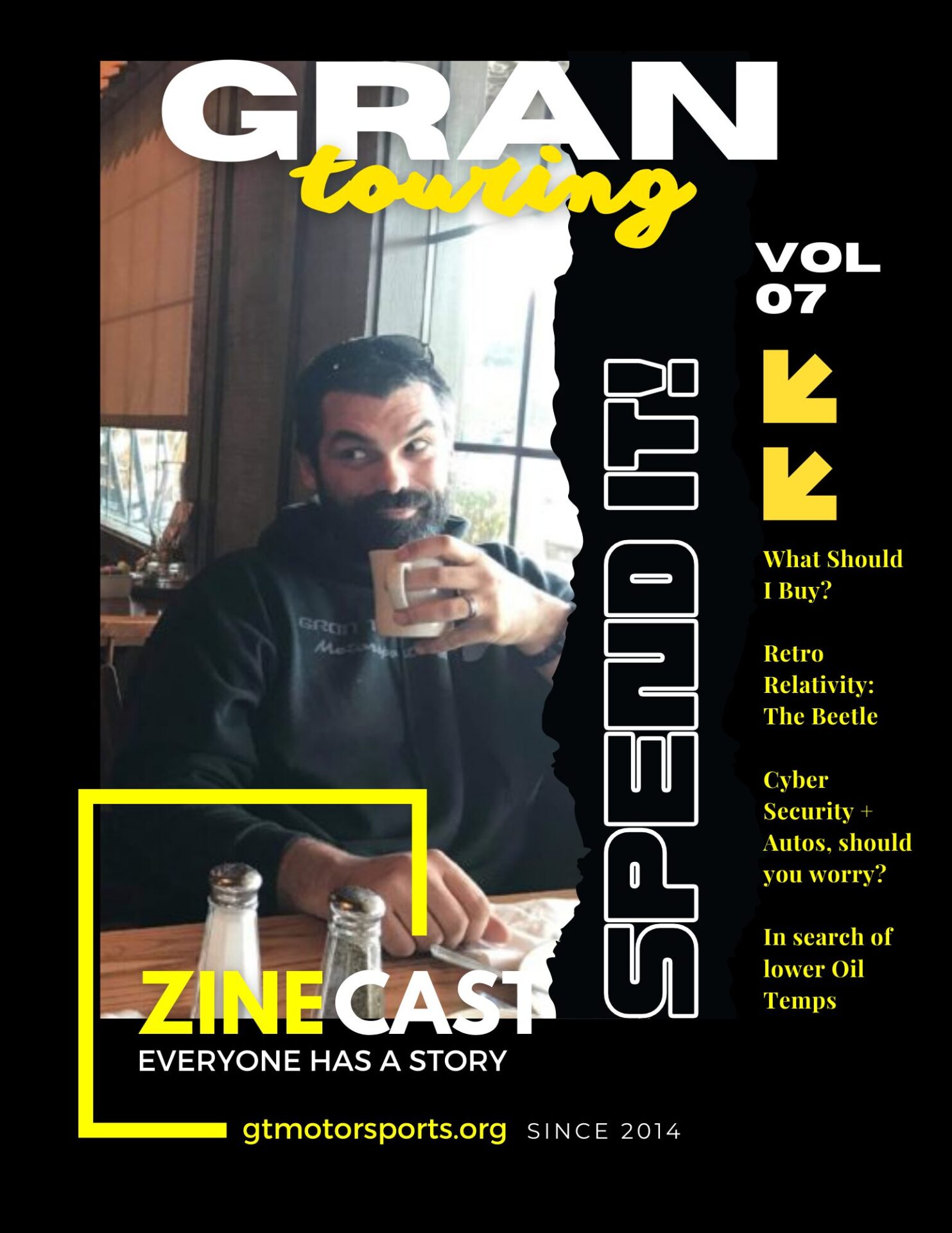Volume 1: The MINI
When you hear the word “relativity” your thoughts probably go something like this: “Time > Space > Einstein > EMC2” – but Websters also defines relativity as “the absence of standards of absolute and universal application.” – Which is the perfect jumping off point for my next series of articles titled “Retro Relativity” where I’d like to discuss – or maybe just rant – about how “digitally remastered” versions of automotive cult classics are a disservice to the enthusiasts community. **call me a purist.
Originally designed by Sir Alec Issigonis of the British Motor Corporation (BMC) the MINI had a production run from 1959-2000 (41 yrs) with minimal changes. When people hear MINI, most don’t know that it could have been a BMC, British Leyland, Rover, Morris, or an Austin. With such an abundance of manufacturers through the years, most people didn’t realize that multiple factories were producing the same car at the same time!
The MINI also came in various different types: like the Cooper (its the performance model – if you can imagine that), Clubman, Estate, Moke, and even the Pick-up.
Engine sizes varied, although the engine itself was essentially the same design with a different displacements. The largest version of the MINI 4-cylinder was 1275-cc (which is less than my motorcycle!). The majority were 4-speed manual cars but it was possible to find an occasional one in an automatic (but who in their right mind would want that?). They were also offered in left hand or right hand drive since they were manufactured in and shipped to multiple countries. Originally these cars came with 10 inch wheels (sporting DUBS? Nah, I got DIMES! ), later years they offered them with 12″ and with slight modifications you could fit the massive 13″ wheels on a MINI! In the US the MINI was offered until ’70s when there wasn’t faith that the MINI could meet the new restrictive California emissions being imposed at that time.
Popularity
The MINI had two key events that made it super famous. First was their successes at the Monte Carlo Rally and secondly it starred alongside Sir Michael Caine in the original Italian Job movie in 1969.
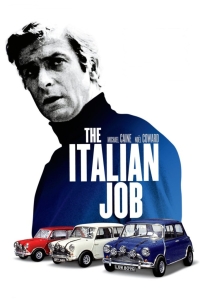
As you can imagine – any movie or TV show can make a vehicle popular. We could list them off for days. But winning races can be a more difficult way to gain notoriety, especially through a discipline like Rally. John Cooper of Cooper Car Company worked with Sir Alec Issigonis to modify the MINI for competition. Their efforts paid off as the MINI won the rally in 1964, ’65, ’66, and ’67. Although the 1966 victory was stripped away after being disqualified over “headlights that were against the rules.” – This ruling caused a lot of upheaval and rule changes for future events. In 1966, the first four positions were British teams and the MINIs would have placed in first, third, and fourth had there not been a protest with the headlights. The Cooper is easily recognized by its racing stripes on the bonnet (that’s “the hood” for us ‘Muricans), and signature Union Jack on the white top. Most people don’t realize Coopers were more often painted in British Racing Green than Red.
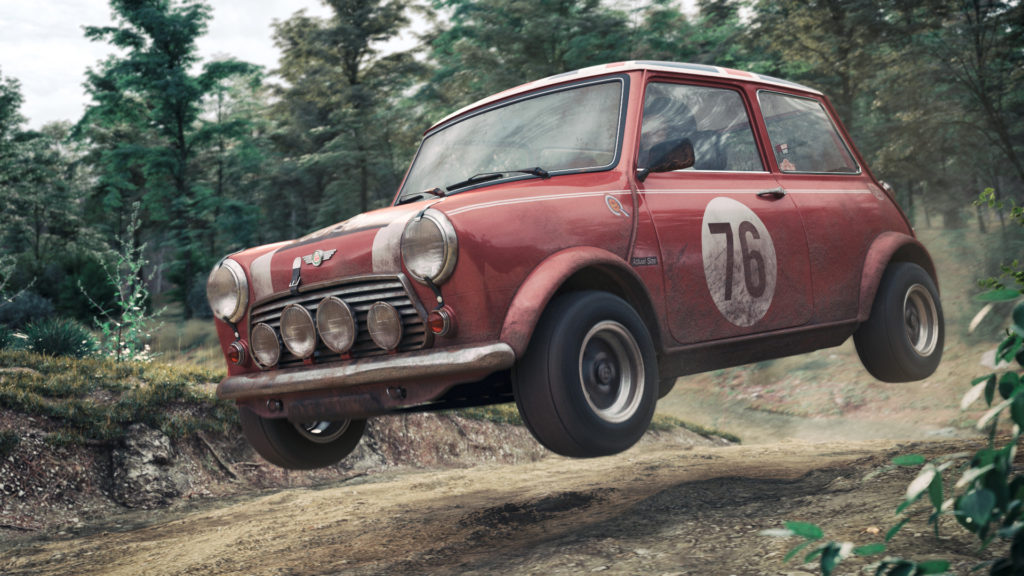
Not understanding the fascination with the classic MINI until I bought one, I now tell people driving one is like driving a street legal go kart! The video below is a little display of a MINI’s handling through this Gymkana/Autocross to reinforce my point (below).
The Takeover and Transition of MINI
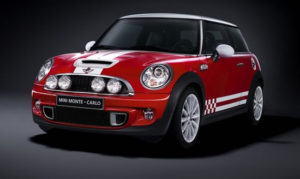
BMW acquired the rights to build cars using the Mini badge in 2001 starting with the Hatch/Hardtop. With BMW taking control some consider it to be the defamation of an icon. How did BMW defame the MINI?, you ask. By not keeping it true to its heritage. With the designs that BMW has chosen to release since the Hatch, there has been a lot of misplaced Badge Engineering. Some examples of this include: the original MINI Clubman (which is supposed to have a squared front end), the Estate is what Americans would consider a station wagon, and the Countryman was originally a “woody” version of the estate, and what the heck is a Paceman? BMW chose to just use the older naming but not keep true to any of the actual designs of these older MINI variants. Not to mention that the subsequent generations of the MINI have also become bigger and larger. Maybe we should start calling them the MAXI and the MACRO?
Many know that I have a slight dislike for BMW in general. #fullstop. After owning multiple BMW products I have come to have my reasons why. But I think one of BMWs biggest mistakes is not keeping true to the history of the MINI when they decided to relaunch the vehicle. Other manufacturers are guilty of this as well: VW with the Beetle and Fiat with the new 500, as examples. On the other hand, Chrysler did a stellar job with the Challenger, presenting a car that looks very much like the original.
A lot of people may have little knowledge of the MINIs history, but it is an impressive one. In my personal opinion the MINI was the British VW Bug (Although my British friends strongly disagree!) being a simple and economical people mover. The classic MINI has a huge global following that has inspired clubs, magazines, forums, and even dedicated companies. I like to see old things whether it be movies remade, buildings refurbished, or cars be reborn. But in my opinion I feel it appropriate to keep true to the heritage of what you’re making. The MINI with its long run, deserved more respect and consideration of its history.
